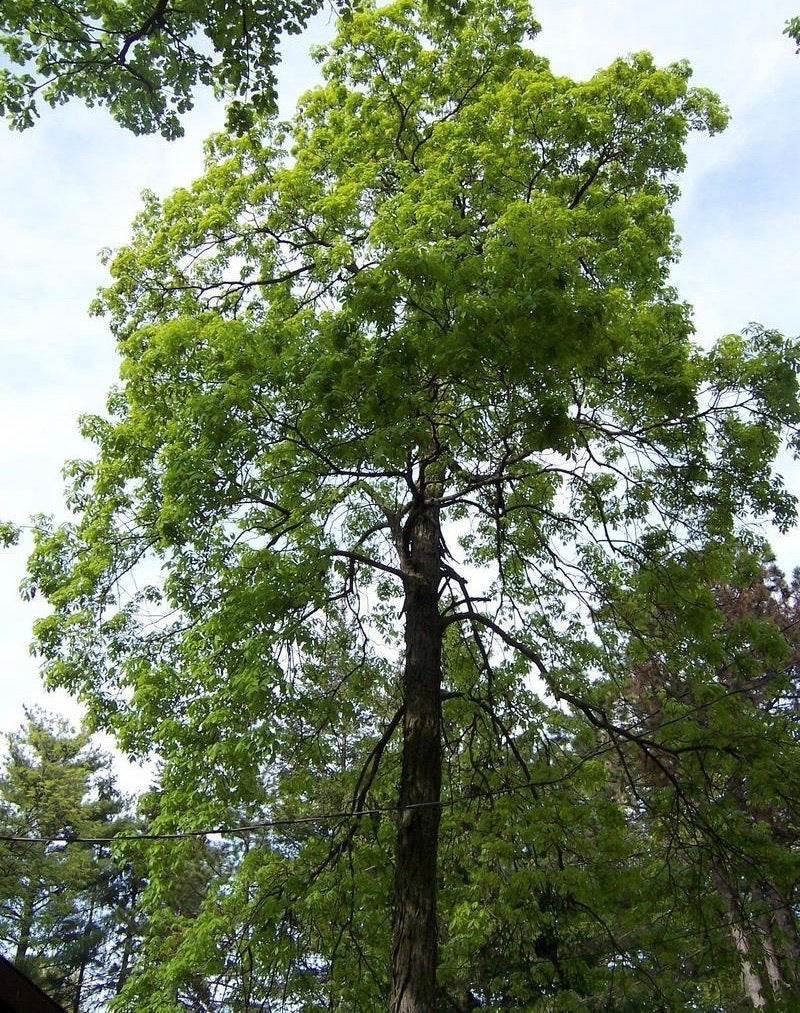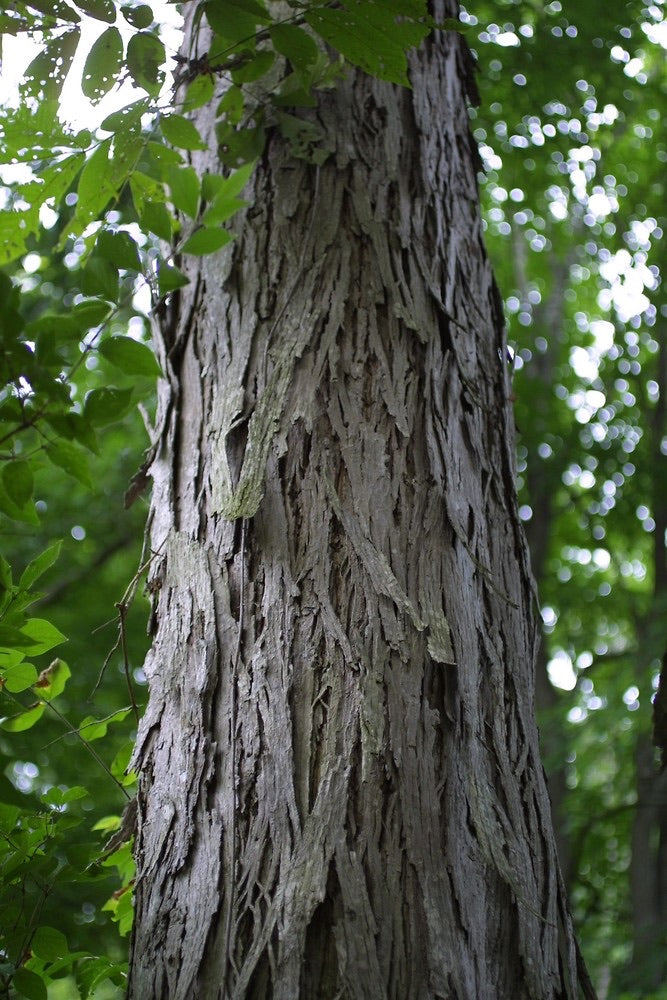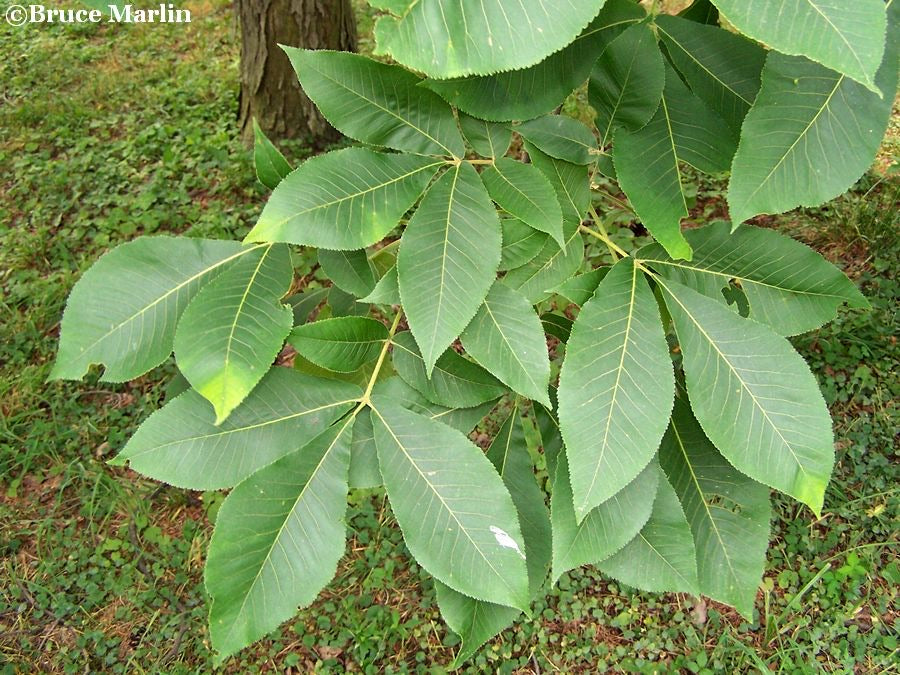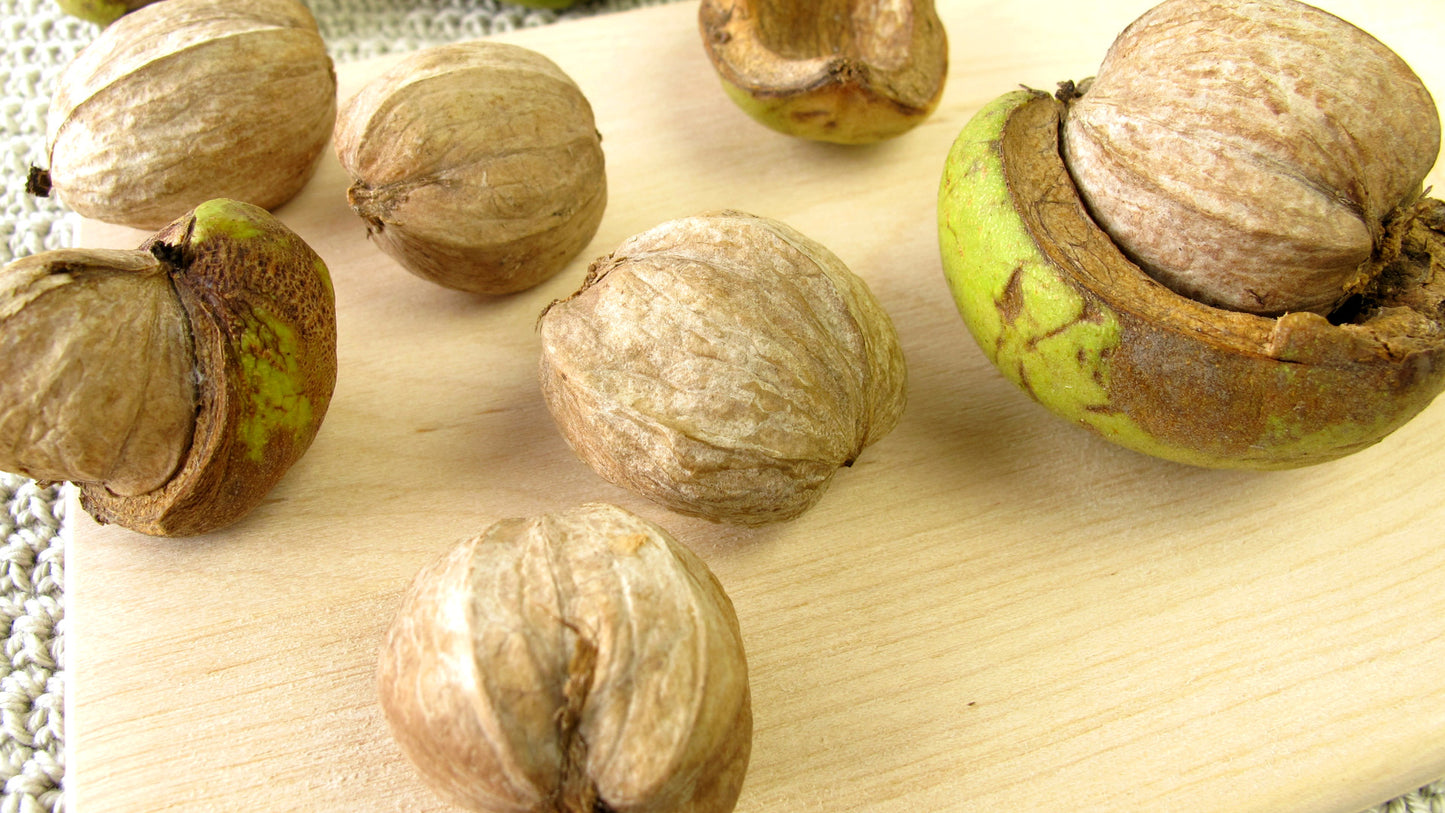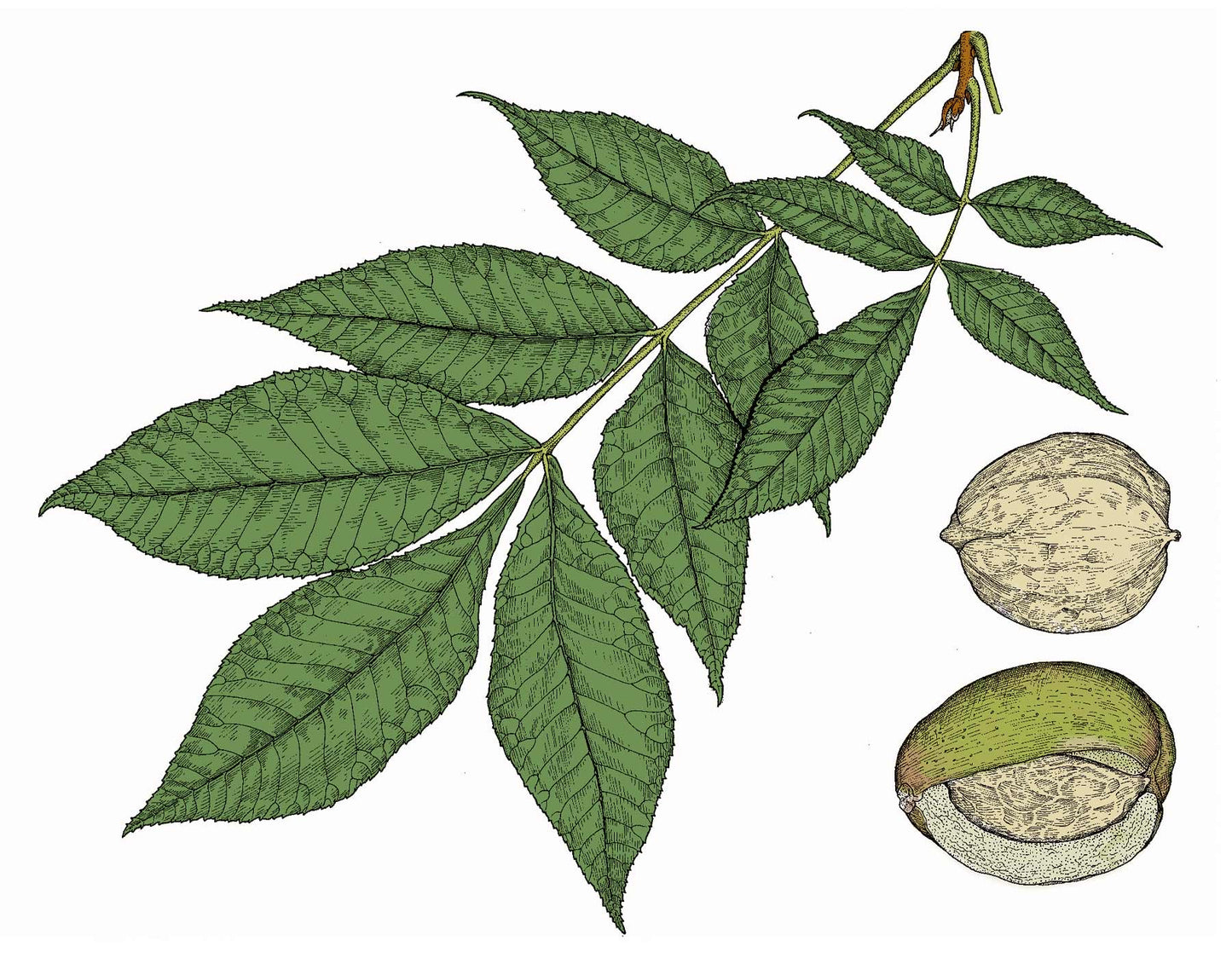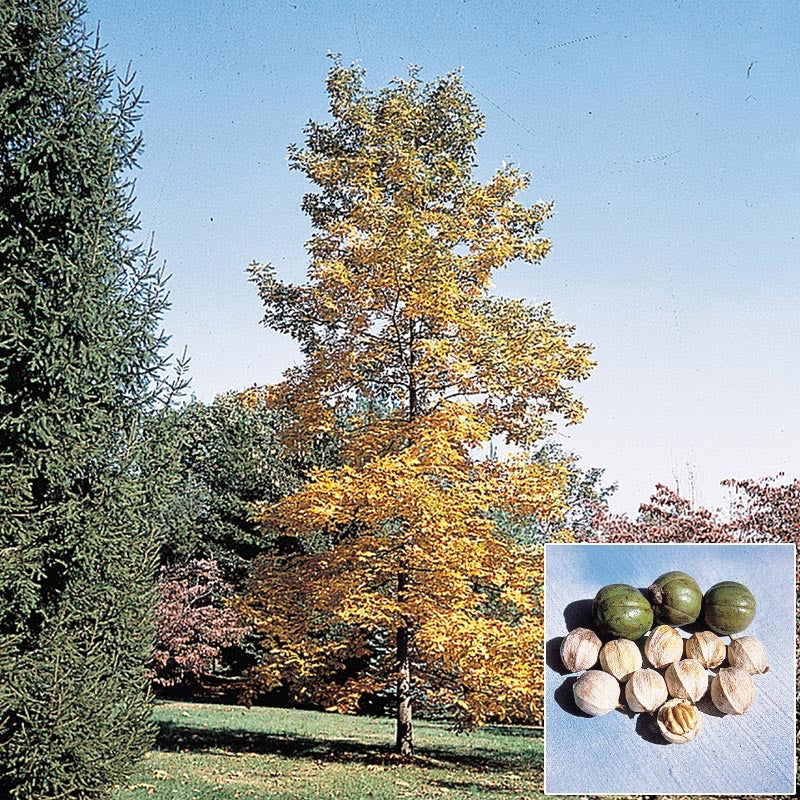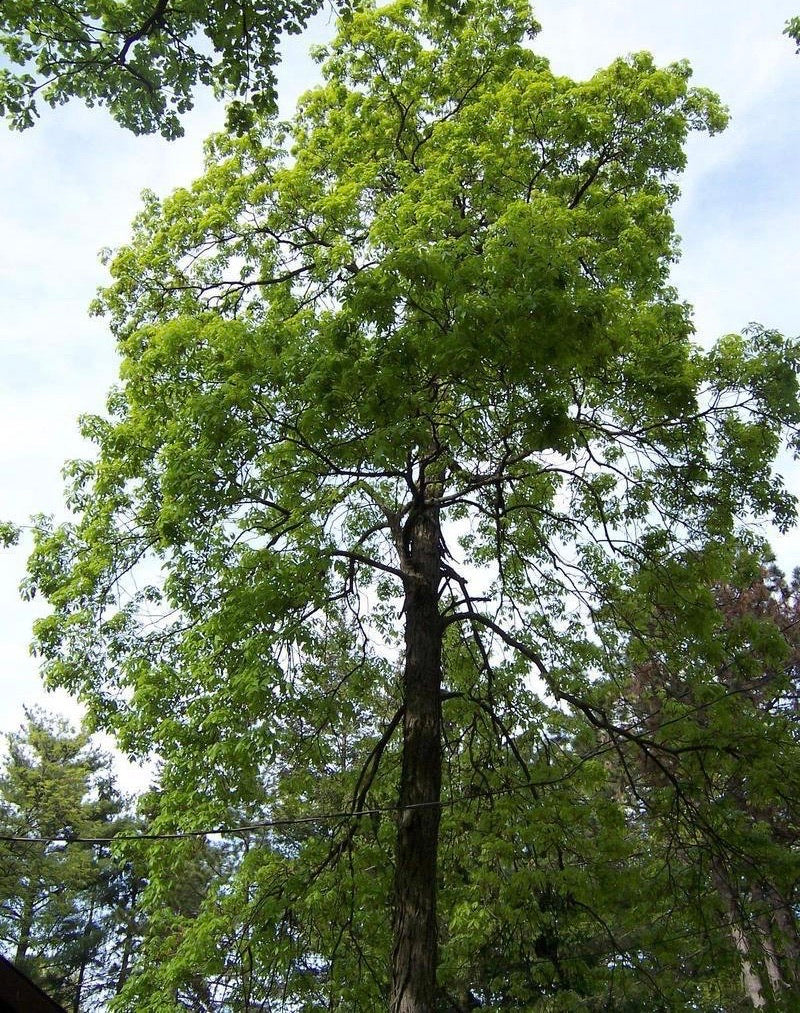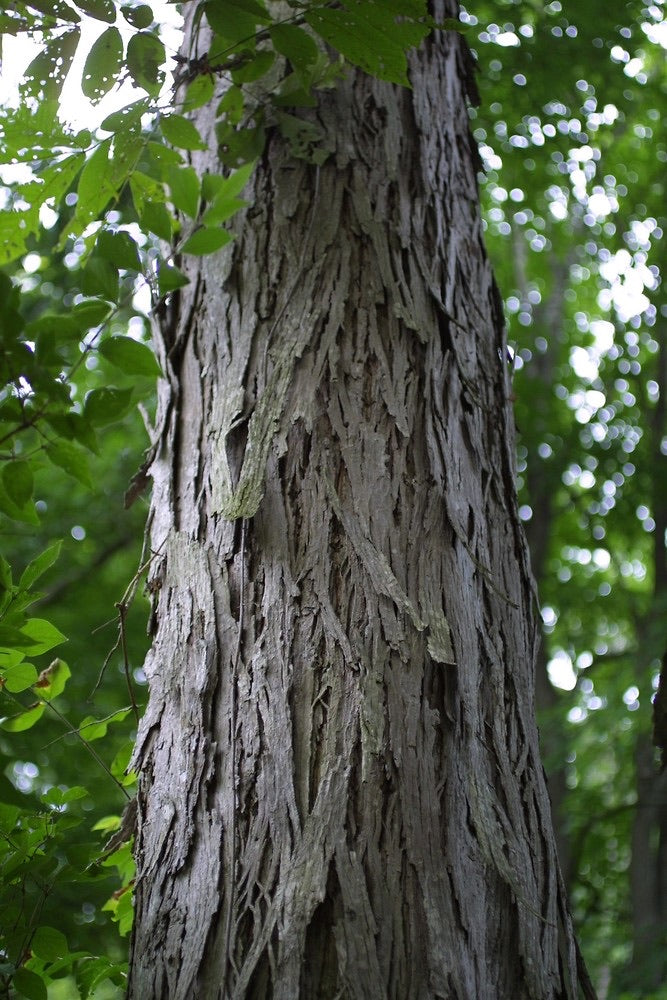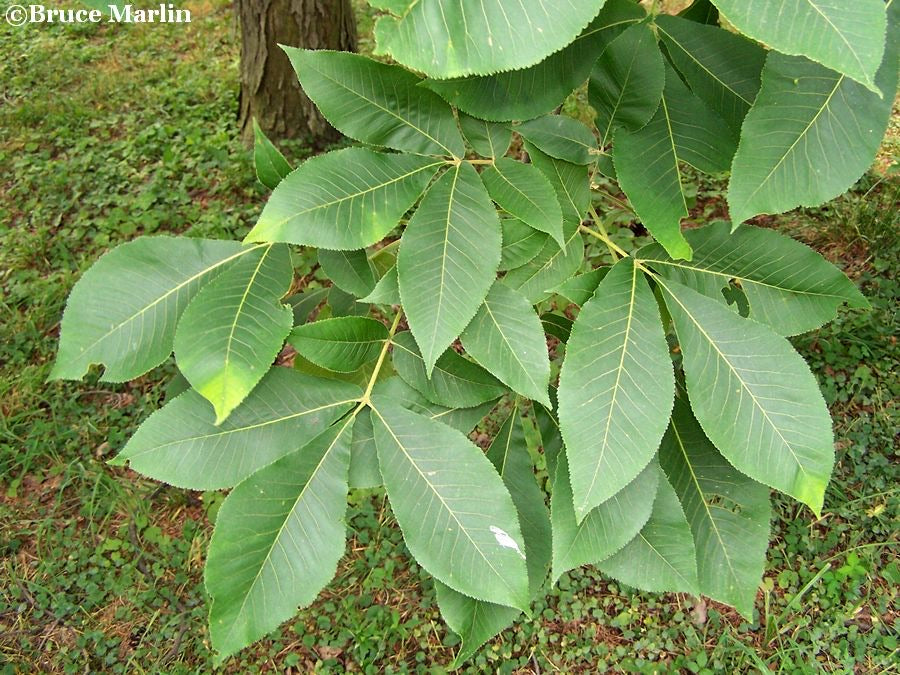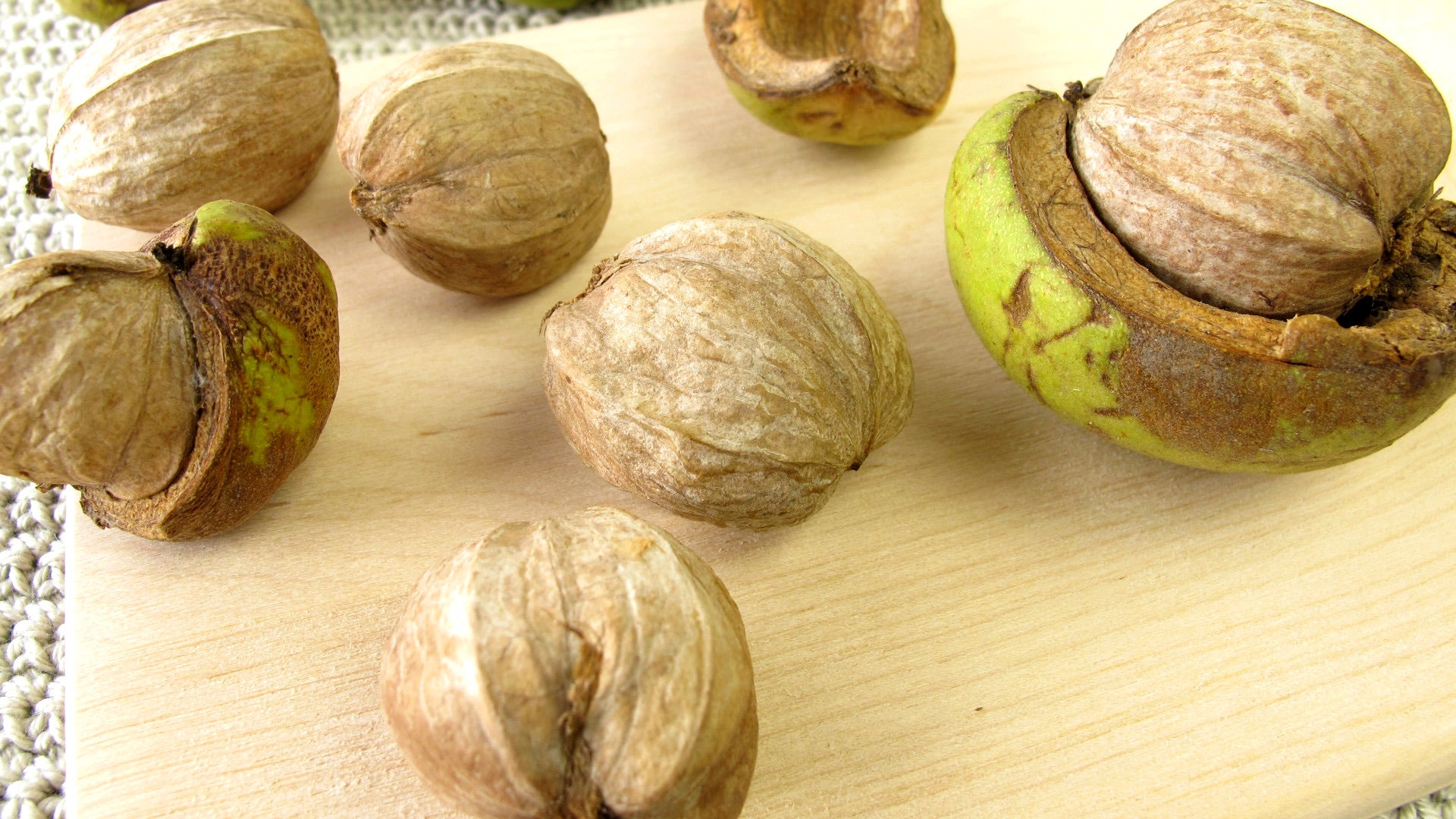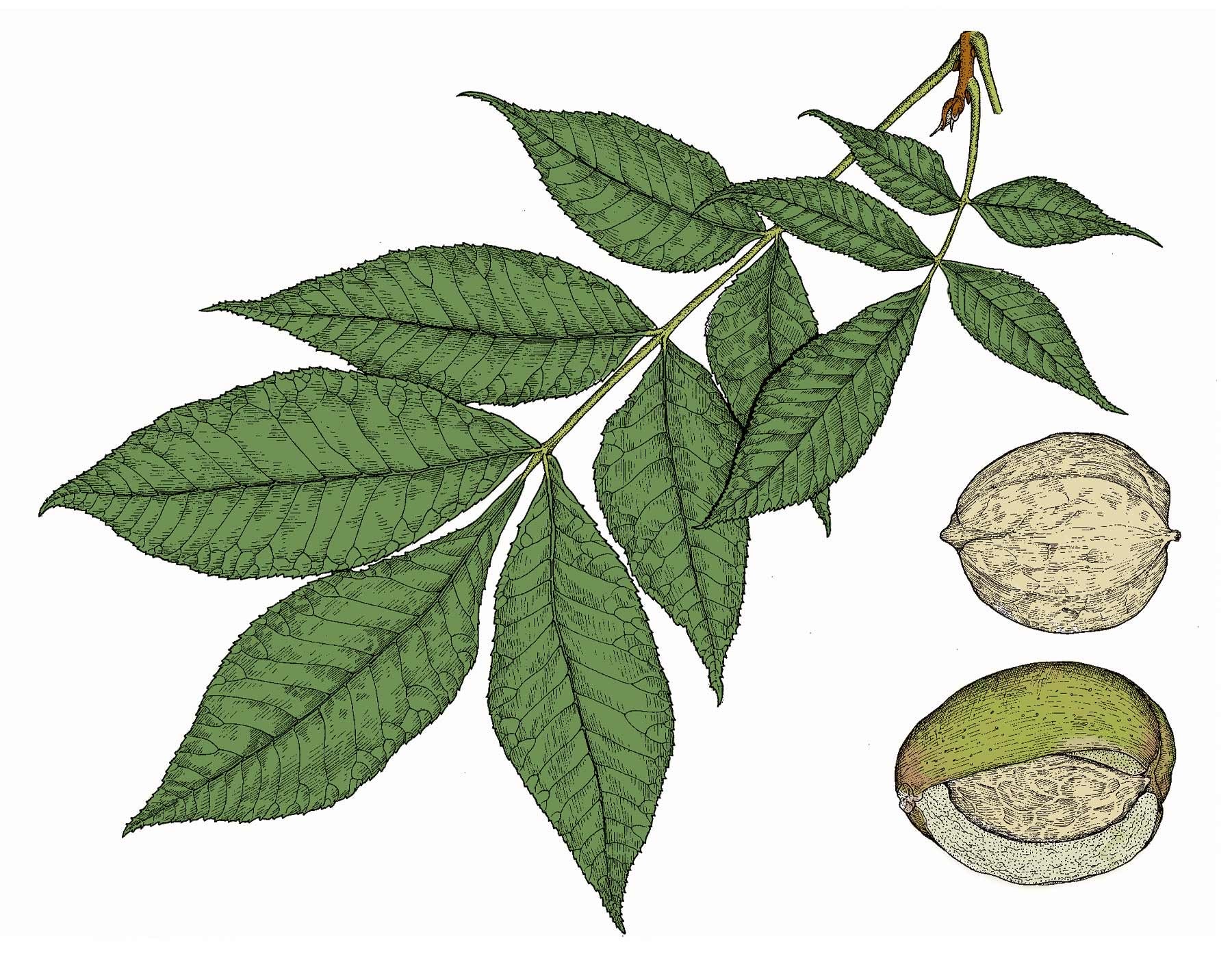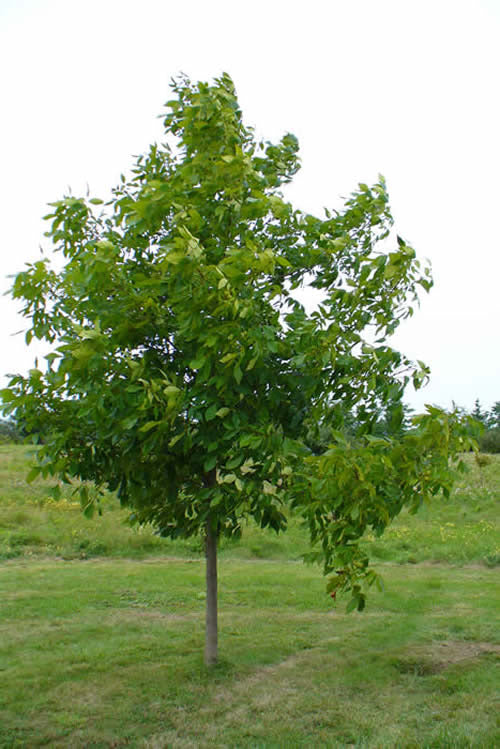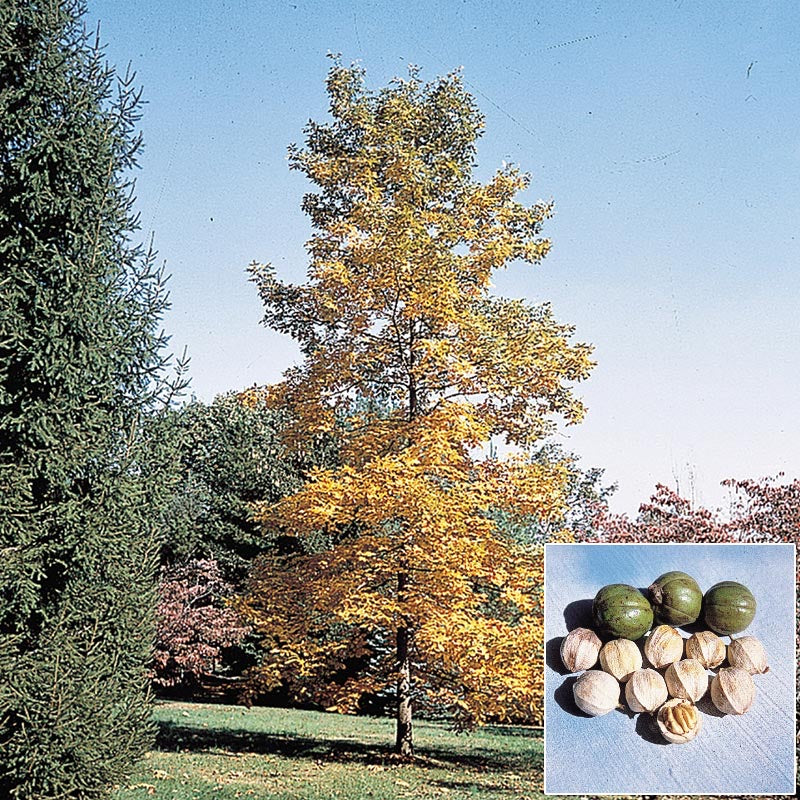Sold out! Take a look at these similar plants we have for you:
Couldn't load pickup availability
The Shellbark Hickory is a majestic native tree valued for its towering presence and delicious, edible nuts. Known for its long-lasting strength and resilience, the shellbark hickory tree brings both beauty and practicality to your landscape. This tree is especially prized for its large, sweet nuts encased in thick shells, enjoyed by wildlife and humans alike.
Why Choose the Shellbark Hickory?
- Edible Nuts: The shellbark hickory produces rich, flavorful nuts that are larger than those of other hickory species, making it an excellent choice for nut lovers.
- Hardwood Quality: Known for its durable wood, the shellbark hickory is a popular choice for high-quality lumber and traditional woodworking.
- Wildlife Magnet: The nuts from the shellbark hickory tree attract various wildlife, adding life and interest to any landscape.
Other Names for Shellbark Hickory
- Carya laciniosa
- Hickory Tree
- Hickory Seedling
- Kingnut Hickory (nickname due to its larger nuts)
These alternative names help ensure you’re selecting the correct shellbark hickory tree for your space.
Practical Considerations
The Shellbark Hickory thrives best in full sun and moist, well-drained soil. While relatively slow-growing, its eventual height and valuable nut production make it well worth the wait. It pairs well with other nut-bearing trees, such as Black Walnut or Hardy Pecan, for a diverse and productive landscape.
Specifications:
- Name: Shellbark Hickory (Carya laciniosa)
- Grow Zone: 5 to 9
- Growth Speed: Slow
- Light Requirements: Full sun
- Average Full-Grown Height: 60 to 80 feet
- Average Full-Grown Width: 30 to 40 feet
- Deciduous or Evergreen: Deciduous
- Pollination: Produces more nuts with cross-pollination from other hickory trees.
Estimated Size
Your Shellbark Hickory will arrive as a healthy, bare root or container-grown seedling, ready to establish its roots. Given time, this tree will grow to become a stately part of your landscape.
Explore More About Shellbark Hickory
For tips on planting and caring for hickories, visit our FAQ page. Don’t miss out on the beauty and benefits this iconic tree brings—order your Shellbark Hickory Tree today!
If you are looking for farm fresh hickory nuts, we also sell the hickory nuts! Click here to see the hickory nuts we have for sale!
Shipping
Shipping
All of our trees ship Bareroot which means they will ship with no soil and no pot. This allows the plants to have a safer trip through the mail as well as to cut down on shipping costs majorly. The roots will be carefully removed from the pot they are growing in, and then wrapped in moist material with the roots sealed up to keep them moist during transit.
Shipping Restrictions
Shipping Restrictions
To follow your state regulations, we can not ship this plant to California, AZ, AK, HI
Deliveries to WA, UT, ID, NV, MT, ND, and SD MUST be shipped Bareroot.
Check Out Our States We Can Ship To Guide
Will My Plant Have Leaves?
Will My Plant Have Leaves?
The arrival of your plant may vary depending on the season you order. In zone 6, plants have leaves during the growing season but not in late fall, winter, or early spring when they are dormant.

Bareroot Vs Potted Plants
Bareroot Vs Potted Plants
Our method involves combining potted and bareroot plants. They are initially grown in pots before being carefully shipped without the pot or heavy dirt, as per shipping regulations. The plant is then sent to you bareroot.
Click Here To See More Information About Bareroot VS Potted Trees

What Is A Dormant Tree?
What Is A Dormant Tree?
A dormant tree is a deciduous plant that appears asleep and does not have leaves upon arrival. Proper planting and care are necessary until it awakens in the growing season.
Click Here To See The Best Time Of Year For Planting Trees In The Ground

What Is A Grow Zone?
What Is A Grow Zone?
A grow zone is the precise USDA zone where you reside. Certain plants are not adaptable to colder zones, while others struggle in warmer zones. Familiarizing yourself with your zone and the plant's compatibility is vital. Click Here to learn more about grow zones.

What If I Have Other Questions?
What If I Have Other Questions?
We have a great FAQ page that answers many more questions and in great detail to help you have success with your new plants! See Our Frequently Asked Questions Here.
